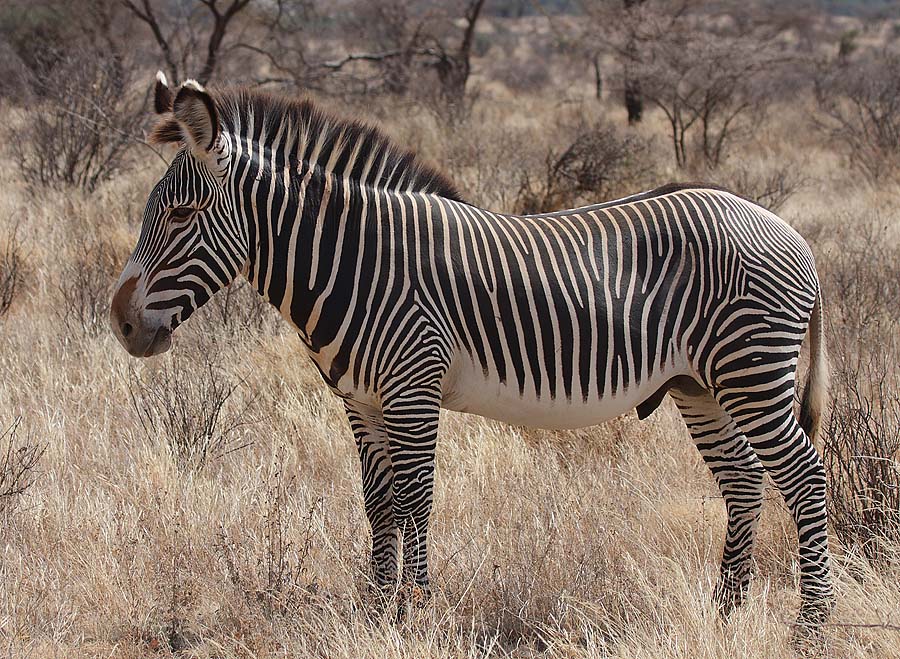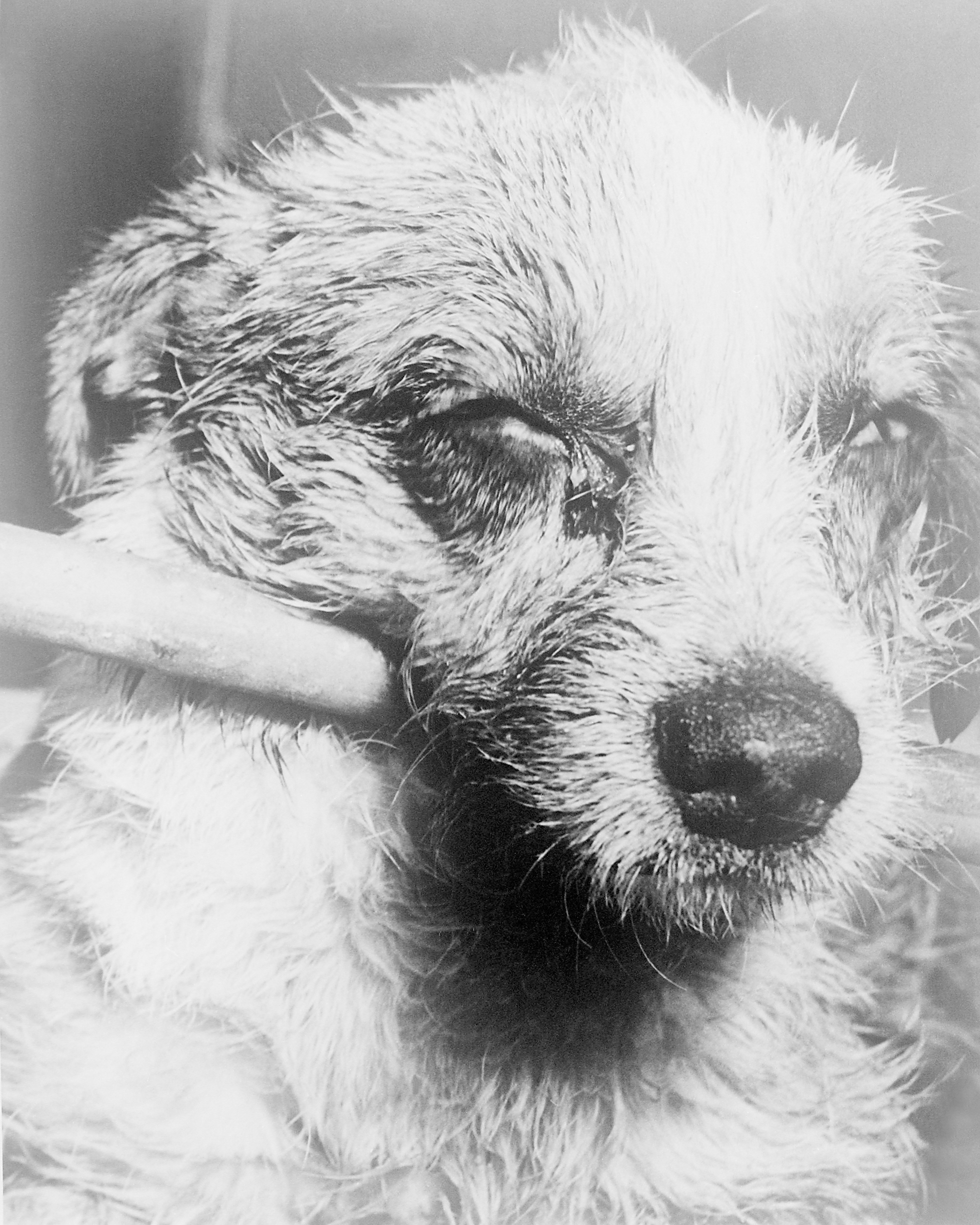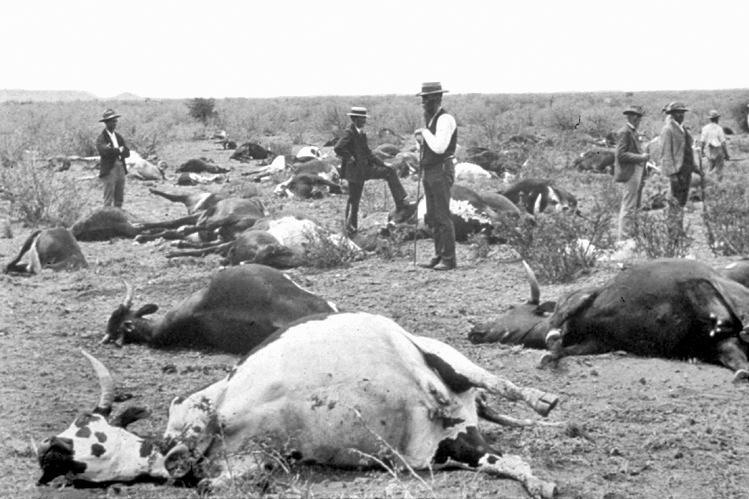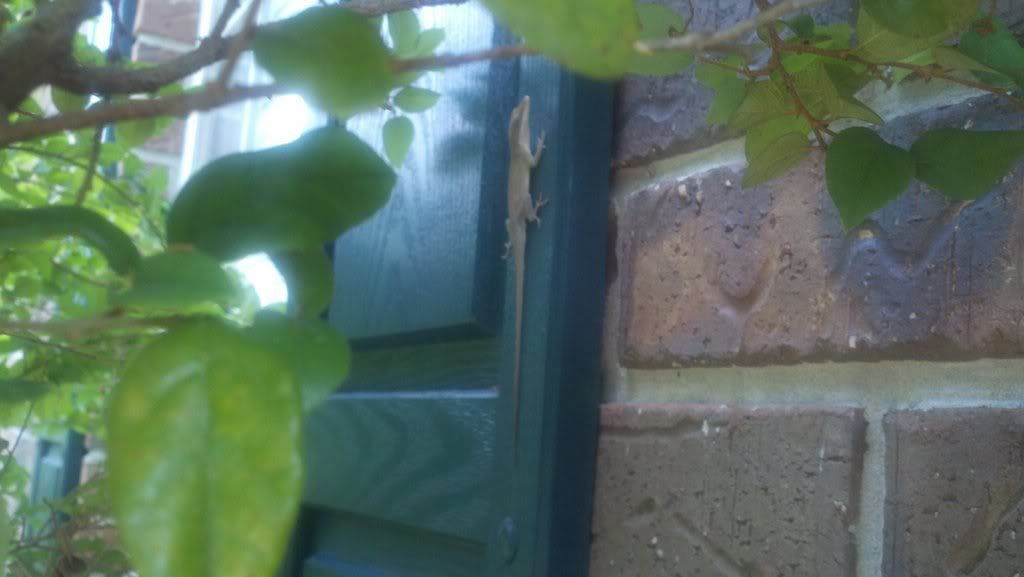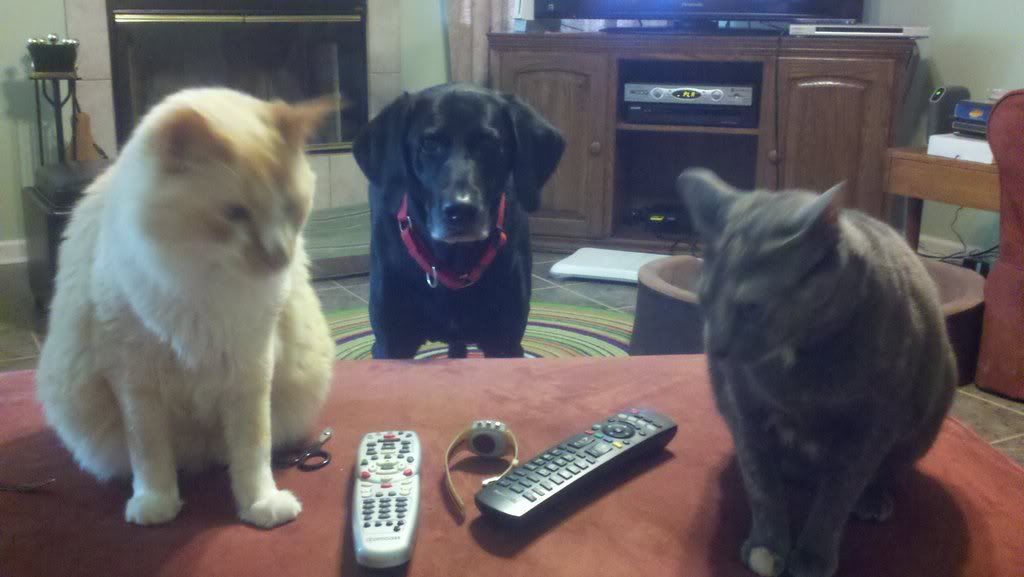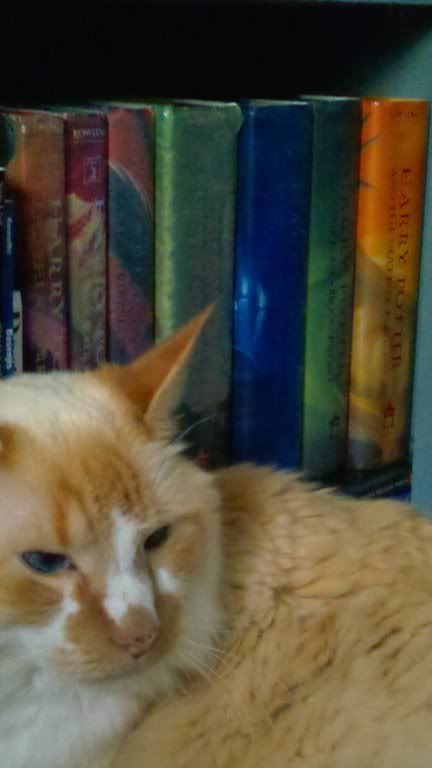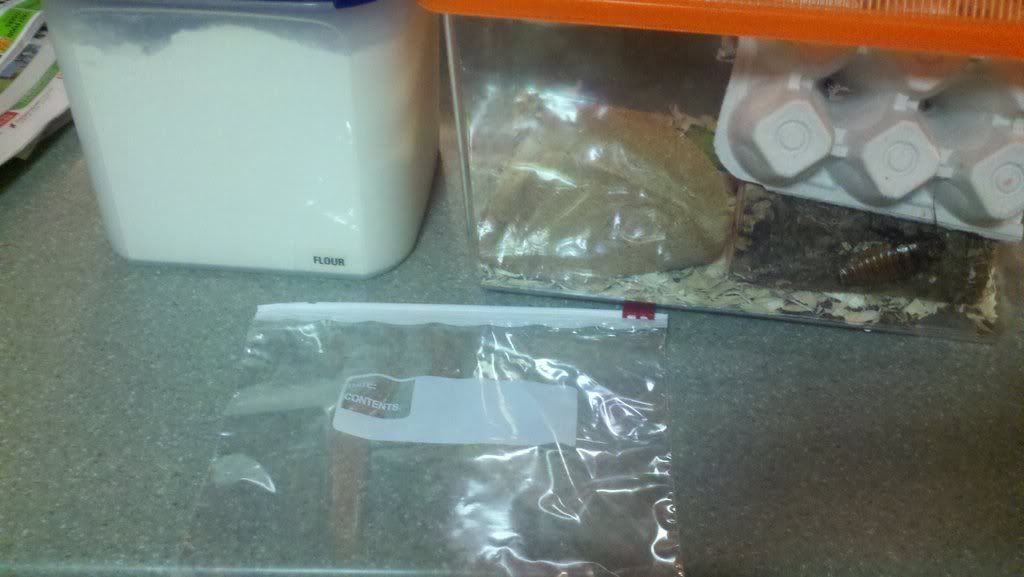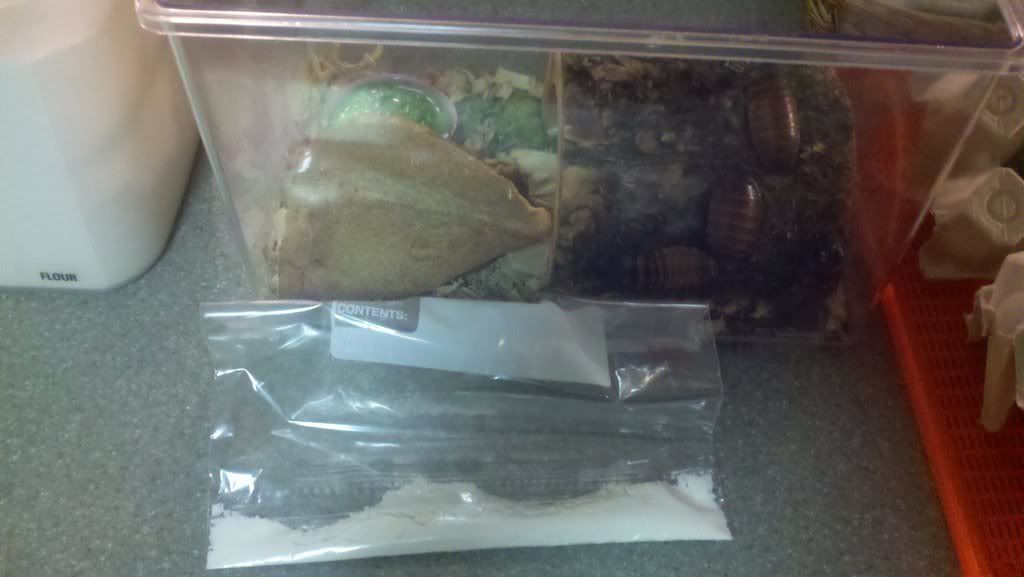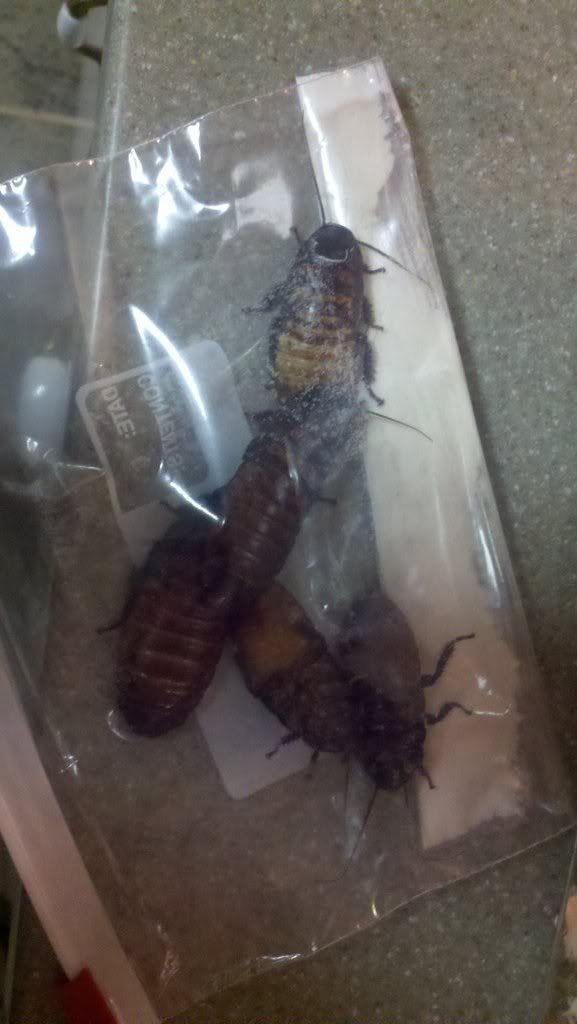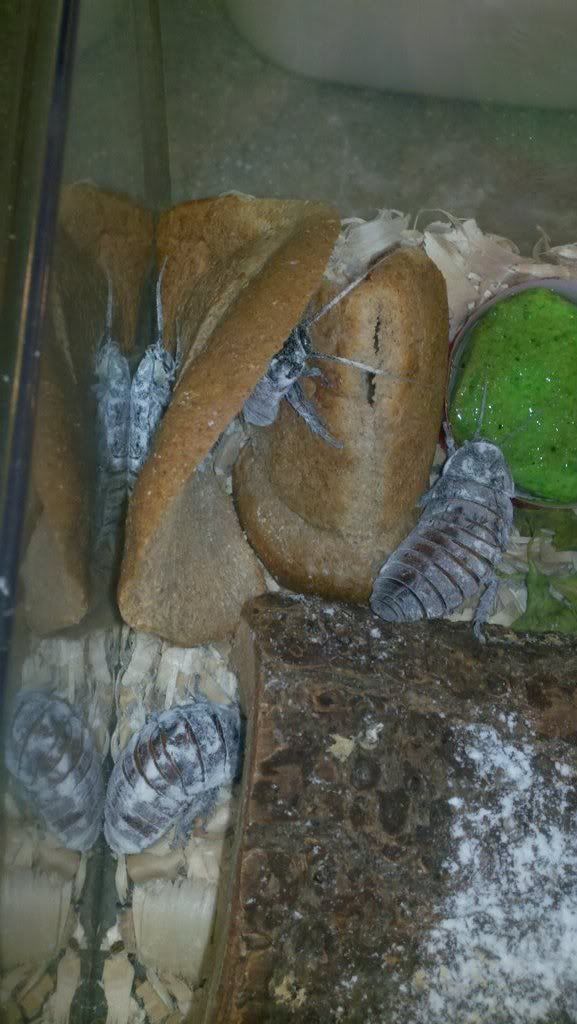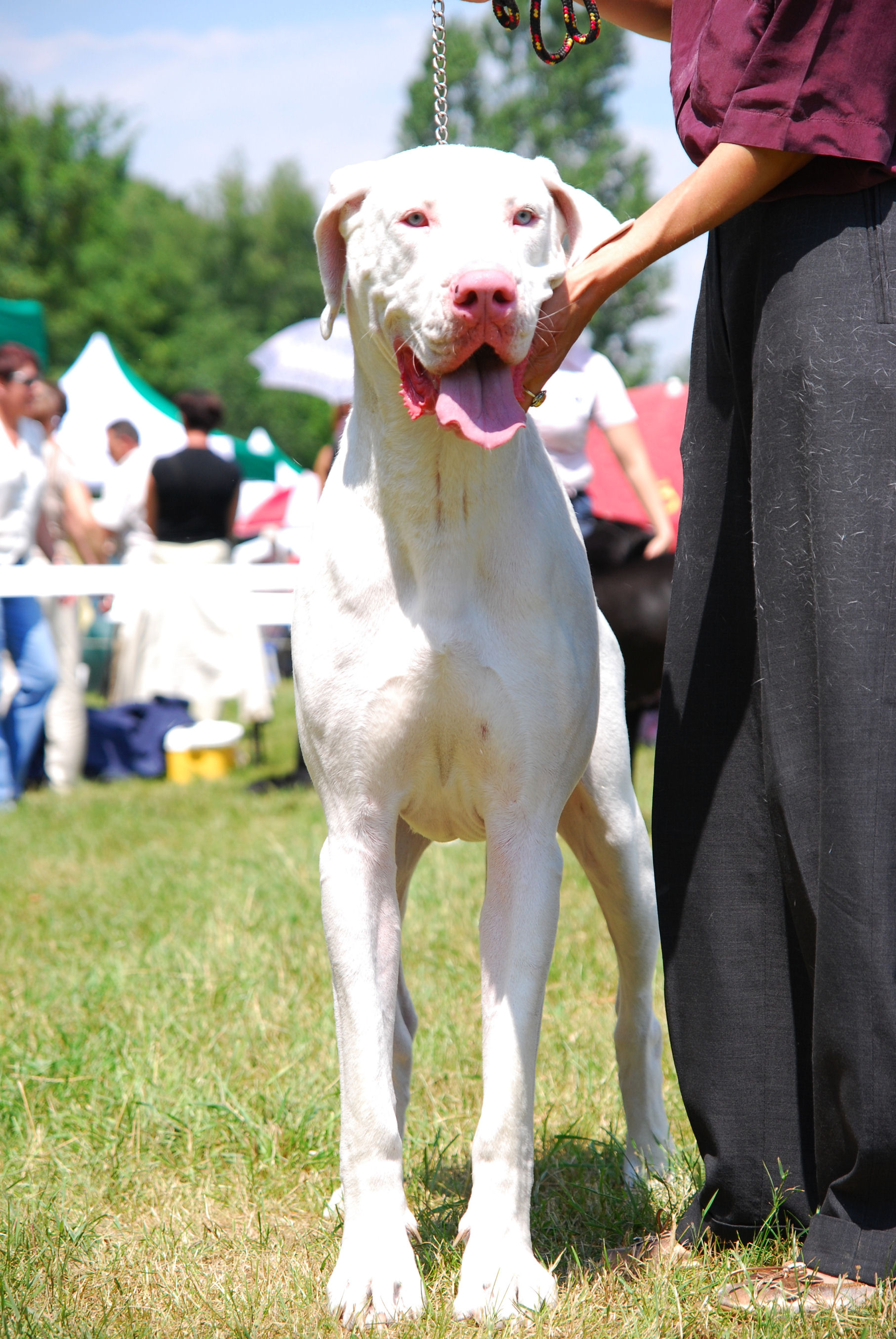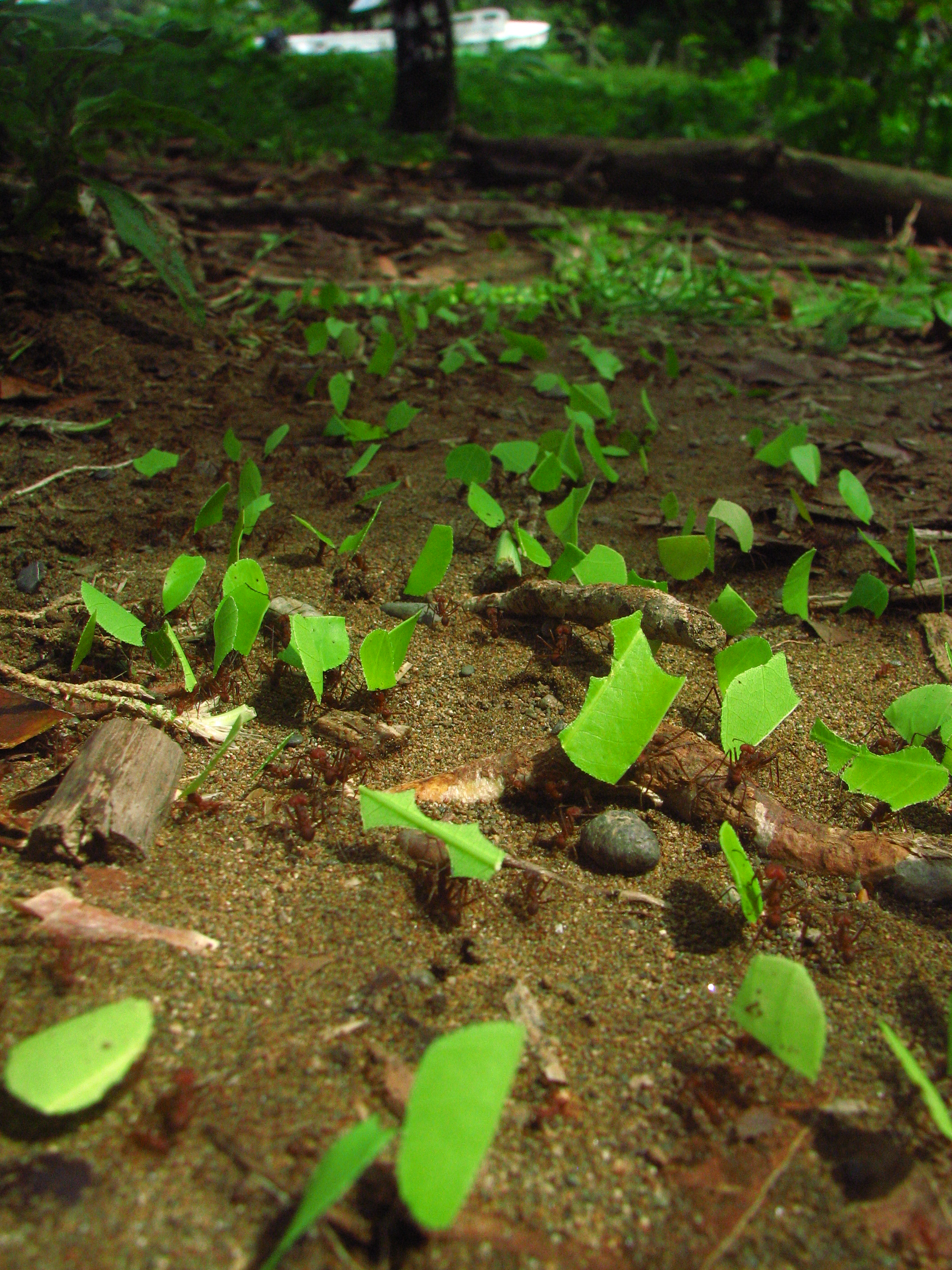This is a question I have heard numerous times over the years, and it was something that brought me great strife through part of my high school years. I have been an animal lover for as long as I can remember, and have eaten meat just as long. However, as I became more knowledgeable I grew concerned about the ethics of eating meat. Is it right? Can you love animals and still eat them? Frankly, there is no reason at all why you can't be an animal lover and eat meat.
 First of all, in the debate about ethics I see several errors. When you are studying to become a Biologist one of the first things you learn when studying animals is do not humanize them. This is a major mistake that can be made by a scientist, and can skew the results of studies, especially those concerning animal behavior. Animals are not people and we cannot forget that. That is not to say that they should not have rights. Indeed, they should have rights such as the right to live a life without suffering and, when killed for consumption, the right to a humane death. However, I also must say that in many ways animal rights organizations take the idea of the humane treatment and slaughter of animals for consumption a bit far. Except for a few exceptions, the animals that we normally eat in developed countries are pure herbivores that have an evolutionary history of being prey species. As such, they act like prey and know that they can be eaten at any moment. Though they don't think the same way that we do, it is a fact that is ingrained in their brains. Thus, in my opinion, eating a prey species should not bother people as much as it does. As for humane slaughter, far more ways of killing animals are legally humane than many people know about (you may be interested in looking into the Humane Methods of Slaughter Act), including electrocution when done in a proper manner. All of the slaughter methods that have been deemed humane are, indeed, very quick forms of death that involve very little to no suffering.
First of all, in the debate about ethics I see several errors. When you are studying to become a Biologist one of the first things you learn when studying animals is do not humanize them. This is a major mistake that can be made by a scientist, and can skew the results of studies, especially those concerning animal behavior. Animals are not people and we cannot forget that. That is not to say that they should not have rights. Indeed, they should have rights such as the right to live a life without suffering and, when killed for consumption, the right to a humane death. However, I also must say that in many ways animal rights organizations take the idea of the humane treatment and slaughter of animals for consumption a bit far. Except for a few exceptions, the animals that we normally eat in developed countries are pure herbivores that have an evolutionary history of being prey species. As such, they act like prey and know that they can be eaten at any moment. Though they don't think the same way that we do, it is a fact that is ingrained in their brains. Thus, in my opinion, eating a prey species should not bother people as much as it does. As for humane slaughter, far more ways of killing animals are legally humane than many people know about (you may be interested in looking into the Humane Methods of Slaughter Act), including electrocution when done in a proper manner. All of the slaughter methods that have been deemed humane are, indeed, very quick forms of death that involve very little to no suffering.  I have a predisposition to iron deficiency anemia, and as such meat is an important part of my diet. If I try to go meatless (and I have while trying to eat better) my iron drops and I become lethargic. Many people say that "becoming a vegetarian is a healthier way to be." In my opinion, this is just not always true. It is true that any diet is better than the stereotypical American diet that is heavy in fatty food, excessive amounts of meat and refined sugar. Also, not only are there many people out there like me who need meat or other animal products for nutritional purposes, but it is also important for obtaining basic building blocks that we all need, like the ten essential amino acids. All of them are available in meat, but not all plants are able to provide us with all of them, and as such vegetarians must be especially careful of what foods they eat so that they can get all ten. Not only that, but vegetarians are prone to many nutritional deficiencies because it is difficult to have a completely balanced diet without meat and certain other animal products.
I have a predisposition to iron deficiency anemia, and as such meat is an important part of my diet. If I try to go meatless (and I have while trying to eat better) my iron drops and I become lethargic. Many people say that "becoming a vegetarian is a healthier way to be." In my opinion, this is just not always true. It is true that any diet is better than the stereotypical American diet that is heavy in fatty food, excessive amounts of meat and refined sugar. Also, not only are there many people out there like me who need meat or other animal products for nutritional purposes, but it is also important for obtaining basic building blocks that we all need, like the ten essential amino acids. All of them are available in meat, but not all plants are able to provide us with all of them, and as such vegetarians must be especially careful of what foods they eat so that they can get all ten. Not only that, but vegetarians are prone to many nutritional deficiencies because it is difficult to have a completely balanced diet without meat and certain other animal products.Veganism is, frankly, even worse than vegetarianism. By eliminating all animal products from their diets, vegans put themselves at even greater risk of nutritional deficiencies and can put themselves in great danger if they do not constantly watch the amounts of essential vitamins and minerals they are taking in. Also, vegetarian and vegan diets can be especially dangerous to children and expectant mothers with many recorded accounts of children falling deathly ill or even dieing when fed strict or improper vegetarian and vegan diets. I also believe that veganism is, frankly, a silly idea. Let me explain: by definition, vegans eliminate not only meat, eggs, and dairy, but also all other animal-derived products up to and including honey. However, they seem to be forgetting that nearly all food crops that require the simple act of pollination to provide food for us are pollinated by bees or other animals and as such can be classified as animal products. If vegans swear off honey, then technically by their own definition they should be swearing off of nearly all food. See? Silly.
We are omnivores, and our bodies like meat, at least in small amounts. In my opinion, the healthiest diets for adults are those that include lots of vegetables and fruit, moderate to small amounts of lean meat (including fish for its omega-3 fatty acids), and fairly small portions of grains and dairy. I am not a nutritionist, but I daresay nearly all of them would agree with me. There is an article from the American Council on Science and Health that says much the same and I highly recommend reading it, especially if you are interested in this subject.
Below is a video that includes Douglas Adams reading a section of his book The Restaurant at the End of the Universe (begins at 1:25 if you're not a fan of Richard Dawkins):
It makes you think, doesn't it? I have the utmost respect for Adams and his work, and he spoke of many subjects that have been points of societal conflict through his humor. It's unfortunate that he died as young as he did. So, if an animal happily offered itself up to you to be eaten, would you eat it?
Images are from Wikimedia Commons and are either copyright free or under creative commons licenses: one, two, three


